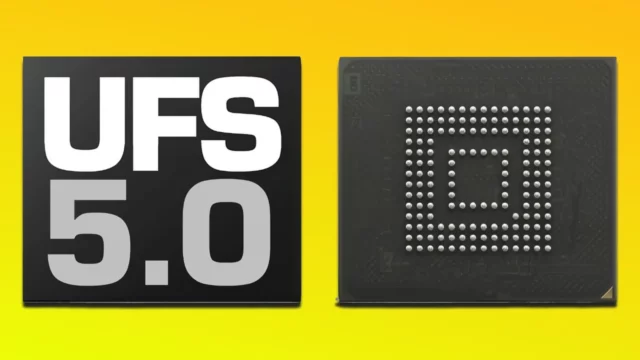Following the launch of their latest flagship chipsets by competitors like Apple, MediaTek, and Qualcomm, all eyes were on Samsung. While the fate of the long-awaited Exynos 2600 chip remains a topic of debate, a new report suggests that Samsung has begun its anticipated return. The Exynos 2600 has entered mass production. Here are the details.
The Exynos 2600 will be coming with the Galaxy S26
According to a report published by The Bell, Samsung has begun mass production of the Exynos 2600. This move came slightly earlier than expected after the chipset passed quality tests, exceeding 50 percent. This means that half of the chips produced have passed, marking a significant advancement for Samsung.

Designed by Samsung’s System LSI (chip design) division, the Exynos 2600 is manufactured using Samsung Foundry’s first-generation 2nm process node (SF2). This will be the company’s third-generation manufacturing process using the Gate All-Around (GAA) transistor design. The SF2 technology is said to offer 12% increased performance and 25% better power efficiency compared to the previous-generation 3nm (SF3) process.
According to reports, the Exynos 2600 chipset will be used in only one model of the Galaxy S26 series, the Galaxy S26 Pro (standard model). Given Samsung’s past policies, the Exynos 2600 is likely to be featured in the Galaxy S26 Pro models, targeted at markets like Europe and South Korea.
In other major markets like China and North America, Samsung will likely opt for the Snapdragon 8 Elite Gen 5 chip for Galaxy. The Galaxy S26 Edge and Galaxy S26 Ultra, the series’ higher-end models, are expected to be released globally with Snapdragon chipsets.
The Exynos 2600 features notable details compared to other flagship chips:
- CPU: The chip uses the same Arm C1 CPU cores as the Dimensity 9500.
- GPU: On the graphics processing unit (GPU) side, the Exynos 2600 is based on AMD’s RDNA architecture instead of Arm’s Immortalis architecture.
Since competing chipsets will be manufactured on TSMC’s 3nm process, it’s highly anticipated whether the Exynos 2600’s 2nm SF2 process will offer better power efficiency compared to its competitors. The return of Exynos and the performance of 2nm technology are likely to reshape the 2026 flagship competition.
So, what are your thoughts on this? Share them in the comments.













